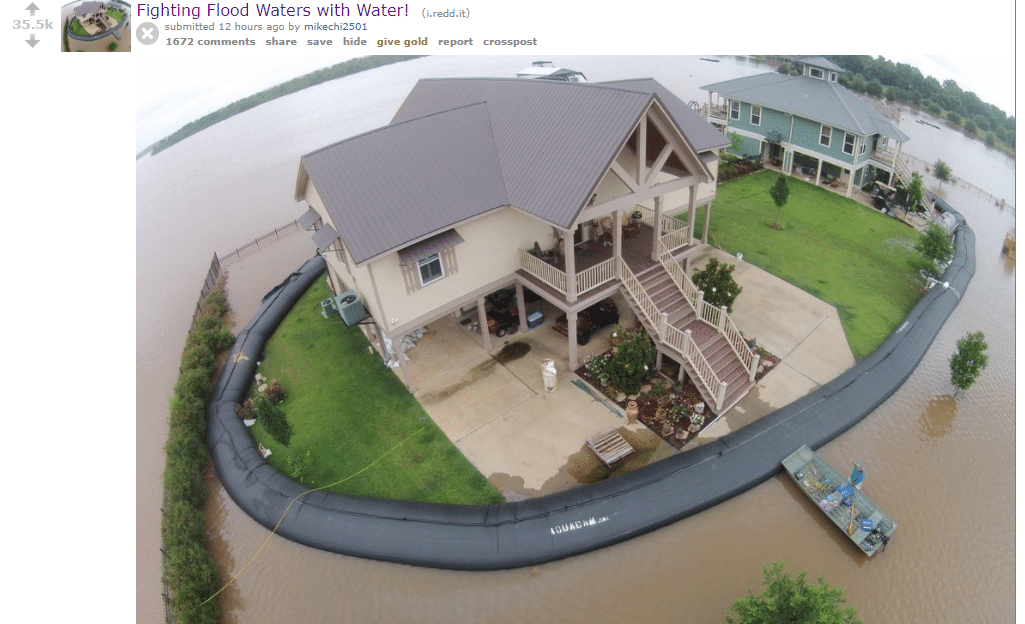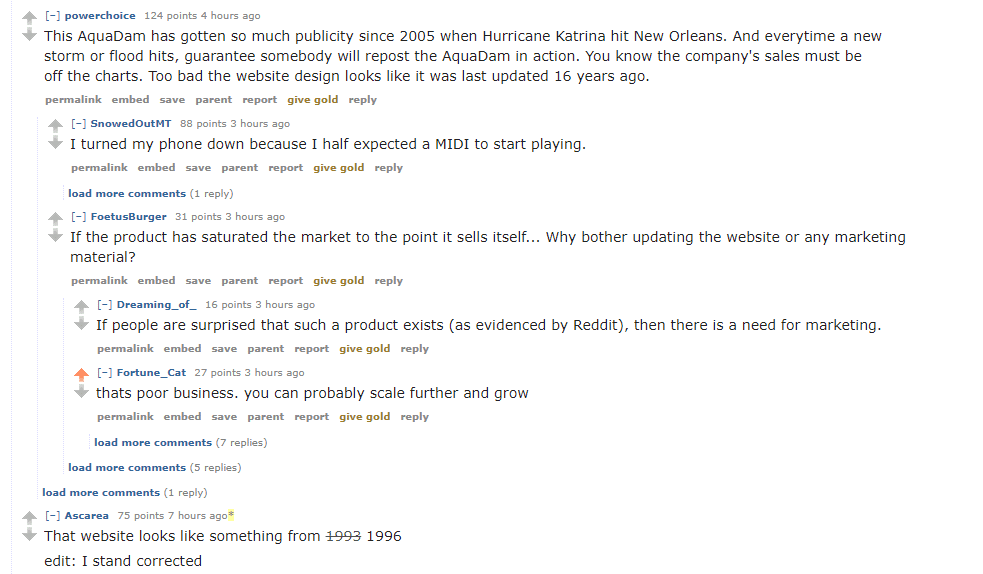Your website is likely the primary way people discover your business. It’s a digital era where opening a browser on a phone, typing a few words into a search engine, and expecting instant results is the norm.

Heck, we’re even talking to our phones these days and getting the information we want.
If your website is clunky, slow to load, ugly on mobile, and makes it difficult to contact you then surprise! Your site can push customers away instead of making them want to learn more and you know, give you money?
Don’t Fail to Optimize For Mobile Devices
If you don’t at least have plans to make your website a mobile-friendly destination in the very near future, you’re missing out. According to recent statistics, more people access the internet on smartphones and tablets than computers.

Google is making “core web vitals” a part of the ranking evaluation process (in June?) How quickly, and how well you site performs for users will continue to have a bigger and bigger impact on your ability to appear in results. This is even more important with so many people “on the go” and using a mobile phone to quickly access your site.
If your website is clunky, slow, not mobile-friendly, or makes contacting you a hassle, then it’s more likely to repel customers rather than attract them. Think about it: if you hide your contact information or don’t include it, how can customers reach you? Websites for service-based businesses need to facilitate easy contact – that’s how they generate revenue.
Many websites, shockingly, turn finding contact information into a tedious game of hide-and-seek. Make sure your contact details are easily accessible:
- Include your phone number, social links, and email in the header or navigation bar.
- Place your phone number, address, and email in the footer.
- Create a contact page with all these details, plus a contact form.
- Add extra details on your contact page like directions, parking information, accessibility details, and pictures of your storefront. Clarity is key.
Don’t Let Users Only Find Old Contact Information
People are lazy. Seriously. They’re going to take the path of least resistance.
Do you think they want to call a customer service number, poke buttons to get through outdated phone trees to wait forever to speak to a representative just to find out a product is in stock?
Heck no! They want to know as quickly as possible that they’re available for purchase. AND YOUR WEBSITE SHOULD SAY SO. People don’t want to “find” a product on your site, just so they CAN’T order it.
Remember, people generally opt for the easiest route. They won’t want to navigate a complicated customer service process just to check product availability. Your website should provide this information effortlessly.
Outdated contact details, or worse, no availability information at all, can be a major turnoff.
People Become Fed Up By Poor Overall Functionality
Broken links, clunky drop-down menus, and slow-loading images are just some of the many problems that may make people steer clear of your website and not return to it.

Check out this perfect example of excellent marketing gone to waste due to a terrible website. #1 on Reddit, 35k+ upvotes, and thousands of people looking at this Aquadam…but check out this website!

It’s TERRIBLE.

Look at the way it’s being ripped to shreds as people rightfully bash its terrible design and lack of function! Imagine how many people WON’T be truly considering ordering from them because they may feel that a site that terrible will have terrible delivery or product. What a waste!
Don’t be that guy.
These things won’t fix themselves. Websites left unattended and abandoned will not suddenly make you rank for more searches, and gain more traffic and business from those visitors. Take some time to add contact info, fix your load speed and mobile issues, do keyword research, and make sure your products and services are up-to-date!
Getting Things Right: KW Research For Small Business
You don’t approach small business SEO with the same mindset or toolset for a multi-national software company.
Your website is the virtual front door to your business, and it’s imperative to ensure that it welcomes rather than repels potential customers.
The digital era demands mobile optimization, and Rivera aptly warns against the perils of neglecting this aspect. As Google integrates “core web vitals” into its ranking evaluation, the performance of your site on smartphones and tablets becomes pivotal. An unresponsive, slow, or non-mobile-friendly website risks alienating customers in a world where quick, seamless access is the expectation.
Contact information, often overlooked, plays a central role in customer interaction. Rivera emphasizes the importance of clarity and accessibility. From the header to the footer, and a dedicated contact page, users should effortlessly find the means to connect with your business. The inclusion of additional details, such as directions and storefront images, adds layers of transparency that build trust.
An intriguing point raised is the annoyance users feel when encountering outdated contact information. People crave efficiency; they want to know product availability without navigating complex customer service processes. Rivera stresses the need for websites to effortlessly provide this information, as outdated details can turn potential customers away.
Rivera rounds off his insights by tackling overall functionality. Broken links, clunky menus, and slow-loading images are not mere inconveniences; they’re potential deal-breakers. He illustrates this with a poignant example of a well-marketed product undermined by a poorly designed website, driving the point that aesthetics and functionality go hand in hand.
The key takeaway is clear: Websites demand continual attention and refinement. Neglecting them risks squandering marketing efforts and turning away potential customers. Rivera’s parting advice is a call to action — address contact information, optimize load speed, attend to mobile issues, conduct keyword research, and ensure your products and services are up-to-date.

Which one is the worst offender? If my site really is old, should it be my priority to update the theme on WordPress which could solve a lot of the problems (and which WordPress theme is actually SEO freindly? They all CLAIM to be magic, but I know that’s not true!) Should I try to make the site faster, in-spite of the theme?
Fix the biggest flaw first – Contact Methods
The biggest problem to solve first is ensuring your contact information is easily accessible, is clear and consistent. Make sure your products and services are updated. That’s just an hour or two at most with minor edits!
WordPress Site Speed Improvement
https://www.youtube.com/watch?v=LCBwoo5JDG4
Boom baby – here’s 10 steps to improve WP site speed.